-
About
- About Listly
- Community & Support
- Howto
- Chrome Extension
- Bookmarklet
- WordPress Plugin
- Listly Premium
- Privacy
- Terms
- DMCA Copyright
- © 2010-2025 Boomy Labs


 Cathy Yenca
Cathy Yenca
Listly by Cathy Yenca
A list of MathyCathy's Desmos Activities and Card Sorts
Thank you to all who inspired and helped create these resources!
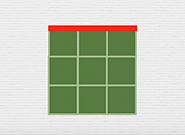
Students often confuse the concepts of "square" and "square root". This Card Sort provides numerical expressions, word phrases, and red images that will help students make connections between concrete visuals and abstract notation.
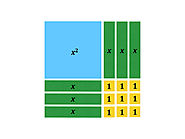
An activity by Nerissa Gerodias edited with love. A visual introduction to completing the square using algebra tiles, Desmos Sketch, and a twist on Desmos Card Sort.
Preparing for TEKS A.8(A)
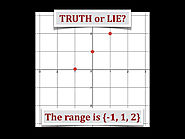
A math spin on the "Two TRUTHS and a LIE" strategy, inspired by Jon Orr, @MrOrr_geek.
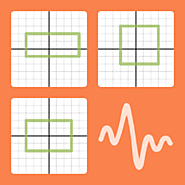
At first glance, these are just rectangles, but many perimeters and areas have been strategically chosen. As students play, my hope is they will gain a deeper understanding of perimeter, area, and their independence.
More here: http://www.nctm.org/Publications/Mathematics-Teaching-in-Middle-School/Blog/Vertical-Value_-Part-2/
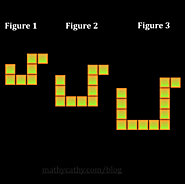
"Visual Patterns" guide students through the process of generalizing patterns algebraically. This activity focuses on linear patterns.
Inspired by:
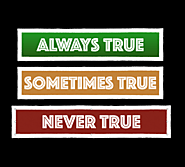
When are the equations true?
This Card Sort was adapted from the Mathematics Assessment Project CLASSROOM CHALLENGES "Solving Linear Equations in One Variable".
More here: http://map.mathshell.org/lessons.php?unit=8240&collection=8

Edited with love by Desmos Teaching Faculty
In this activity, students sort cards to strengthen their understanding of multiple representations, including: algebraic expression, verbal description, table of values, and algebra-tile model.
After the card sort, students discuss whether a given student has sorted two pairs of cards correctly, and in the process consider equivalence and commutativity.
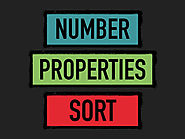
Basic number properties card sort. Beware of false "BOGUS" properties! A quick pre- or post-assessment.
TEKS 6.7(D)
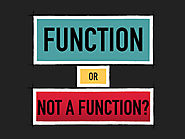
Students decide whether various representations are functions or not, and sort them accordingly.
To follow up, have students create their own tables, mappings, and graphs that DO represent and DO NOT represent functions using this Nearpod quick-check, inspired by tasks shared on openmiddle.com:
http://tinyurl.com/NPPfunction
More here:
http://www.mathycathy.com/blog/2014/10/functions-nearpod-learning-check/
TEKS 8.5(G)
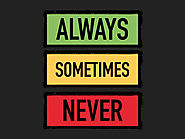
Once students have learned about various classifications in the real number system, this task encourages deeper thinking about the relationships between these numbers.
Individuals, pairs, or small groups sort the statements in the appropriate categories of ALWAYS being true, SOMETIMES being true, or NEVER being true.
The best part about tasks like this is the student discourse that occurs. Be sure to circulate and listen to students’ arguments and justifications as they sort.
TEKS 8.2(A)

Edited with love by Desmos Teaching Faculty
In this activity, students use sketch to solve "twin puzzles" as a way to practice their order of operations skills. Teachers can use the overlay feature in the teacher dashboard to assess the class at a glance and to facilitate class-wide error analysis discussions, or the response view to identify individual students who need additional support.
Credits:
Puzzles created by: Naoki Inaba
Student resources: http://inabapuzzle.com/study/gemini_q.pdf
Answer key: http://inabapuzzle.com/study/gemini_a.pdf
Blog post shared by Sarah Carter:
http://mathequalslove.blogspot.com/2016/08/volume-3-japanese-logic-puzzles-for.html

Edited with love by Desmos Teaching Faculty
While the original Des-Man is receiving a makeover, give Des-Draw a try!
My hope is to leave it open to encourage students' creativity while helping them brush up on restricting the domain and range of various functions, gently reminding them that using inequalities can create some rad shading.
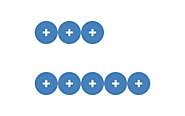
Using a Desmos Card Sort as a "virtual manipulative" platform was an idea Michael Fenton and I talked about. Here's his fine work after a chat about using "Integer Chips" in a "Card Sort"
Thanks so much, Michael!
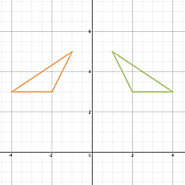
This activity focuses on 2-D reflections over the x-axis and y-axis, with an extension activity reflecting a figure over y = x. CCSS 8.G.A.3; TEKS 8.10(A)
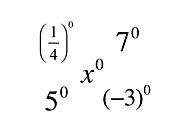
Using Desmos "Sketch", students generate patterns to explore zero as an exponent and negative exponents.
More here: http://www.mathycathy.com/blog/2016/09/righteous-anger-and-activity-builder-before-and-after/
And here: http://blog.mrmeyer.com/2016/teaching-for-tricks-or-sensemaking/
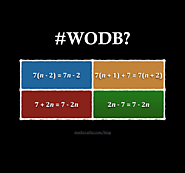
Which One Doesn't Belong? Let's start a "math fight"!
In this brief activity, students are given four equations with variables on both sides of the equals sign. Using Desmos Card Sort, students must take a stand on which equation they believe doesn't belong, and justify this choice.
Students will see what other students choose, and consider different opinions and justifications. Additionally, students have the opportunity to create their own #WODB task to share.
Which one do YOU think doesn't belong? Why?
#WODB inspired by http://wodb.ca
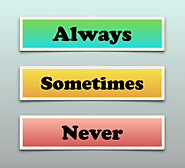
Once students have learned about special quadrilaterals, this task encourages deeper thinking about the relationships between them.
Individuals, pairs, or small groups sort the statements in the appropriate categories of ALWAYS being true, SOMETIMES being true, or NEVER being true. Then, students attempt to sketch quadrilaterals given various constraints.
The best part about tasks like this is the student discourse that occurs. Be sure to circulate and listen to students’ arguments and justifications as they sort and sketch.
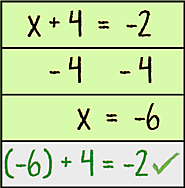
Here's an intro activity on solving one-step equations that includes opportunities for organizing work using "Sketch" and "Card Sort" and error analysis using "Sketch". A silent video helps students visualize how a balanced scale can model solving an equation.
For more practice on equivalence with numerical expressions (and an Order of Operations twist) check out Twin Puzzles here:
https://teacher.desmos.com/activitybuilder/custom/57ae458a697f767c75597801
For a two-step equations extension, check out this Card Sort:
https://teacher.desmos.com/activitybuilder/custom/57cba83c40d2886b0b26f665#
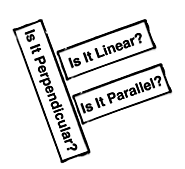
A triple card sort to help students practice classifying functions:
Grab some scrap paper folks. You're gonna need it.
![Shady Lines II [Inequalities]](http://media.list.ly/production/293079/1899886/1899886-shady-lines-ii-inequalities_185px.png?ver=3471176276)
Inspired by Andrew Stadel's "Shady Lines", this Polygraph also includes graphs of compound inequalities.
Andrew's activity can be found here: https://teacher.desmos.com/polygraph/custom/560d797c9390db51324c9672
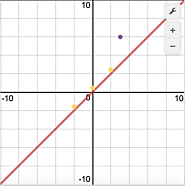
This Marbleslides activity encourages students who are new to slope-intercept form to explore how adjusting the slope and y-intercept in a linear equation impacts the graph.
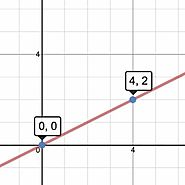
Thanks to Michael Fenton, this "lite" version of "Match My Line" has been edited with love to help students who are brand new to slope-intercept form.
